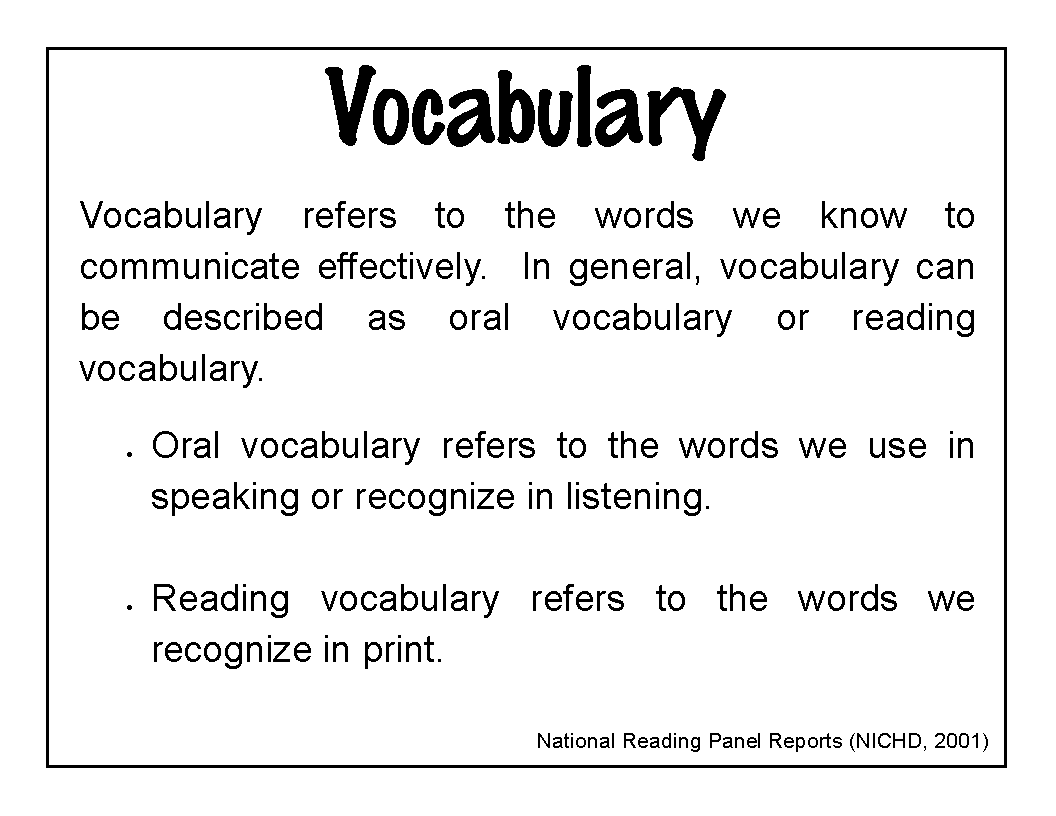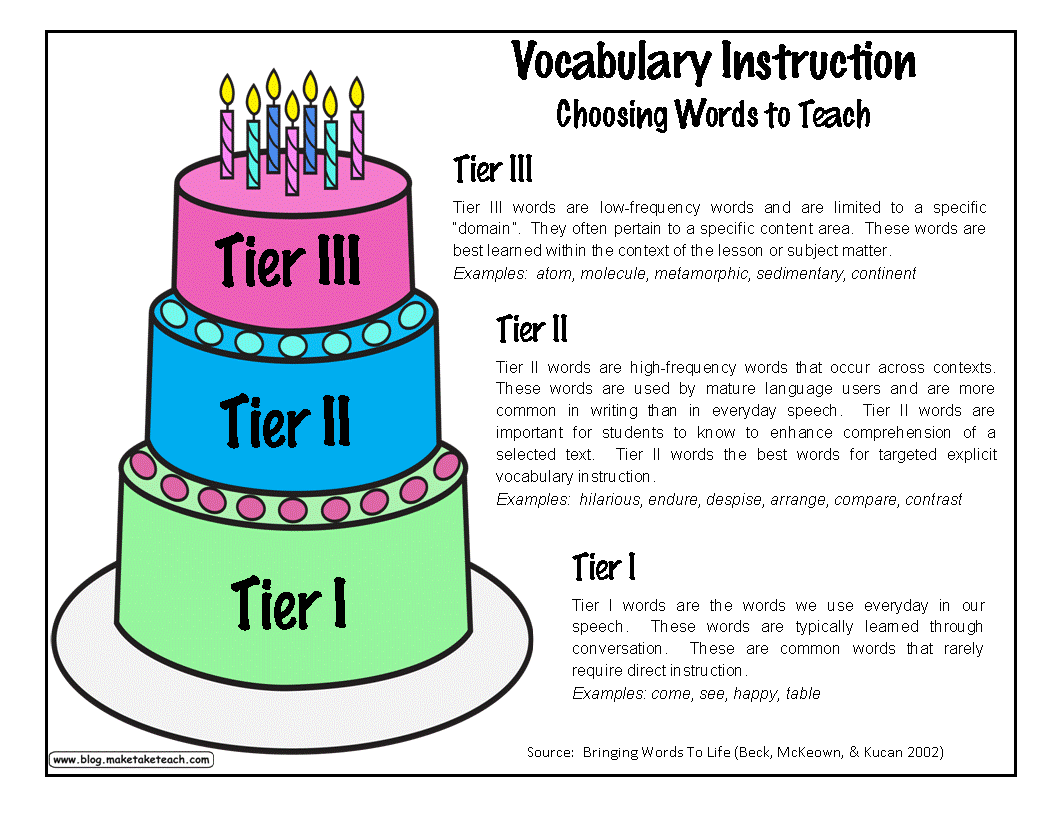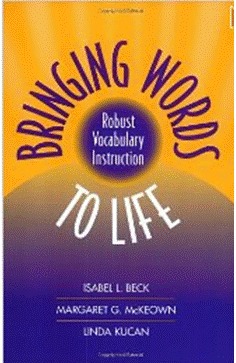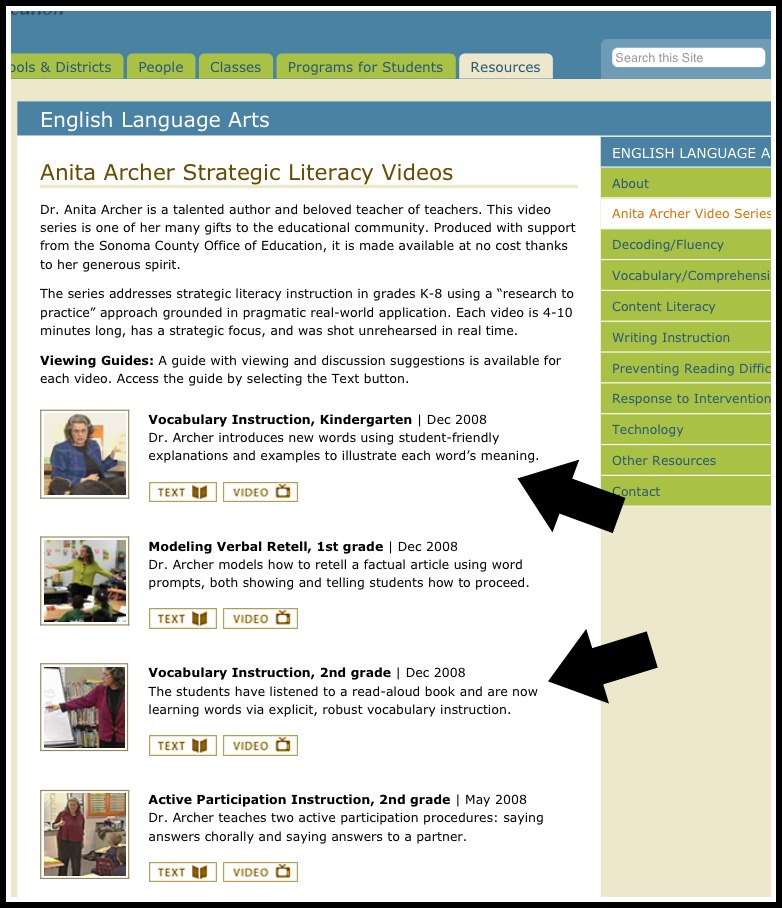“The most basic way teachers have to stimulate interactive thinking and learning in the classroom is through the use of questions.”
(Rice & Taylor, 2000)
A frequent refrain of mine is that classroom lessons should be effective, efficient, and relevant. To effect such an outcome, teachers must, alas, plan diligently each day, week, and year. One area that is often overlooked in planning for instruction is questioning techniques. Effective questioning techniques on the part of teachers can dramatically enhance student learning. Too often, we give little thought to the questioning techniques we use with our students. We either call questions and accept answers shouted at random, call only on those whose hands are raised, call on the same one or two students in each class, or call on students who are not paying attention as a “gotcha.” Used carefully and with forethought, questioning techniques can enhance a lesson’s effectiveness, efficiency, and relevancy.
Obviously, through questioning, we can check for individual and whole-group understanding. Questioning individual students is most effective; questioning the whole group is most efficient. At times, it is appropriate to opt for efficiency. When so doing, you might consider using signal responses (teaching students to “show” the answer by a predetermined signal). Questioning individual students is more common and therefore requires greater teacher attention. In questioning, all students should believe that they are as likely to be called on as any other student. In questioning individual students, I find it more effective to utilize an “ask-pause-call” method as opposed to a “call-ask-wait” technique. In the first case, the teacher phrases a question, giving all students time to formulate a potential response. Then, she calls on a random student to provide an answer. Example: “I’m going to ask you a question, and I want everyone to think of an answer. From what you read in our text, what were some causes of the Civil War…...Benny?”
When calling on an individual for a response, allow ample wait time. Research suggests we should wait 3-5 seconds after asking the question before calling on any individual student. We should then allow at least 5 seconds for a response before reacting. If, after waiting, the student initially does not provide an answer, you might inveigle a response by offering a clue and restating the question. If, after this, the student still had no answer, I would often reply, “That’s OK, Jimmy, but pay attention, because I’m coming back to you.” Then, I might call on another student to provide the correct answer. Once I received the correct answer, I would return to the original student, getting Jimmy to verbalize the correct answer.
On the other hand, by employing a “call-ask-wait” technique (e.g., "Jenna, what is a noun?”), the resulting effect is that the anxiety level is raised for one student while everyone else is off the hook and not accountable for responding or even attending. As a teacher, I often found myself reluctant to call on those struggling students who I feared would not be able to respond correctly. By employing an ask-pause-call method of questioning, allowing ample wait time, providing additional clues, and--ultimately--coming back to students who don’t initially know the correct answer, we are able to engage all learners more effectively in the learning.
Josef Albers stated with perspicacity, “Good teaching is more a giving of right questions than a giving of right answers.” Thanks for taking the time to reflect on your daily questioning techniques.
Repost from Jeff Zoul http://jeffzoul.blogspot.com/
Videos to check out!:
SBAC Training Video for Students (4min)
SBAC Field Test video
5 words (3 min)
Articles you might want to check out:
With no internet at home kids crowd libraries
Calendar of Events:
Nov 4-Nov 6-- ODE-facilitated WebEx sessions
Nov 6-Early Learning Summit
Nov 20: Rural PLC
Nov 21: CPI @ Slater
Feb 26-27 K and Early Literacy Summit
April 10--Harney County Tech Conference 2015 @ BHS
Nov 6-Early Learning Summit
Nov 20: Rural PLC
Nov 21: CPI @ Slater
Feb 26-27 K and Early Literacy Summit
April 10--Harney County Tech Conference 2015 @ BHS








